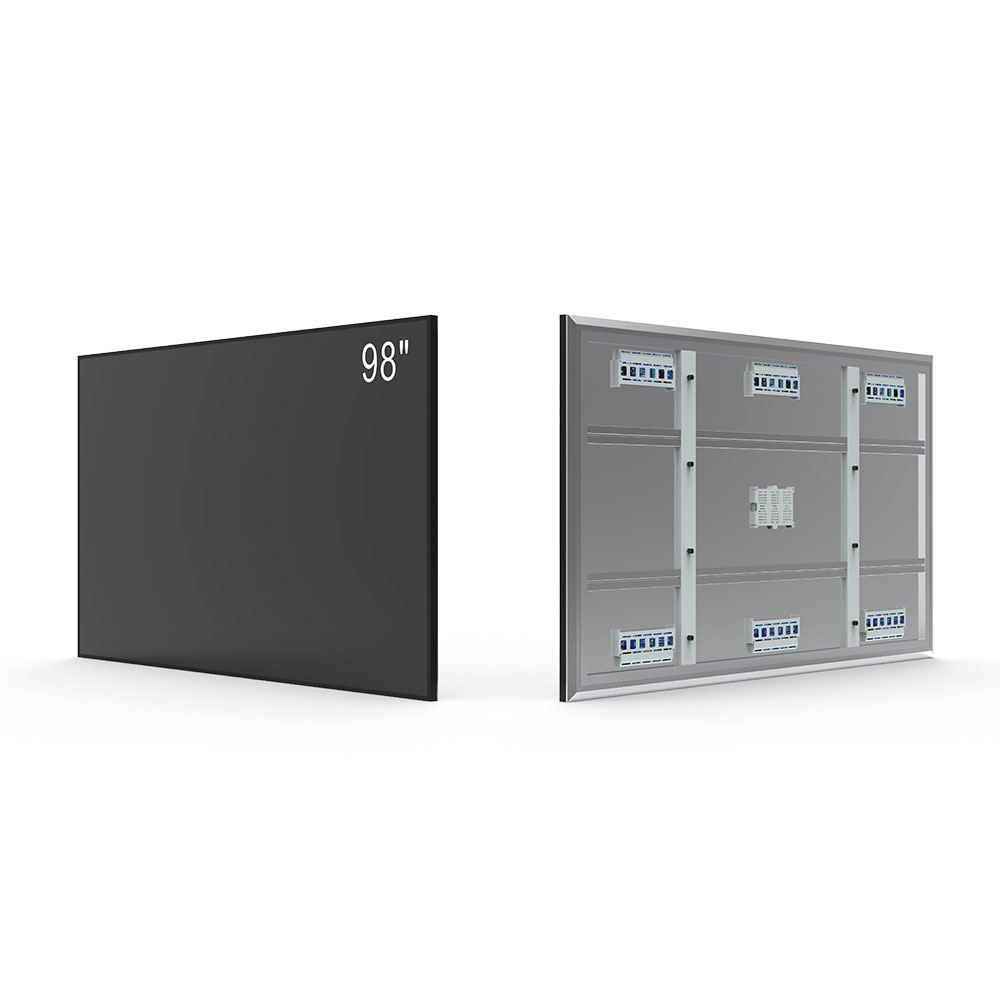Strip screen series, including sizes from 14.1" to 86", are engineered for high-performance visual clarity in extreme lighting conditions—especially sunlight-readable environments. These displays are widely used in industrial automation, military systems, transportation, medical equipment, and outdoor kiosks where visibility under direct sunlight is critical.
Sunlight readable strip LCDs achieve superior performance through a combination of high brightness (typically 5,000 to 10,000 nits), anti-glare coatings, advanced polarizer technology, and optimized backlighting. For example, the 21.2" and 23.1" models often utilize full-surface LED backlight arrays with diffusion films that evenly distribute light while minimizing hotspots—a key factor in maintaining image uniformity at high brightness levels. The 48.5" and 58.6" large-format variants leverage edge-lit or direct-lit LED modules to deliver consistent luminance across expansive surfaces, making them ideal for control rooms and public information displays.

Manufacturers such as LG, Sharp, and AU Optronics have developed proprietary technologies like “High Brightness OLED” and “IPS+LED” architectures to improve contrast ratios and reduce power consumption without sacrificing readability. Standards like MIL-STD-810G ensure these screens withstand mechanical shock, vibration, and temperature extremes (-30°C to +70°C). Additionally, many models include optional features such as IP65-rated enclosures, ruggedized touch overlays (capacitive or resistive), and wide viewing angles (>170°) to support multi-user access.
For applications requiring precise color accuracy under harsh conditions—such as agricultural monitoring or solar farm operations—strip displays with factory-calibrated white balance and 99% sRGB coverage are essential. In logistics hubs, the 37" and 42" panels provide real-time data visualization even during peak sun hours. Meanwhile, ultra-large formats like the 86" display are deployed in command centers where situational awareness must remain clear under any environmental condition.
When selecting a strip screen, engineers must consider not only physical dimensions but also ambient light requirements, operating environment, and integration needs with existing systems. Proper thermal management, cable routing, and mounting options (VESA-compatible or custom brackets) further enhance deployment flexibility. With continuous advancements in display materials and energy-efficient drivers, strip screens now offer reliable performance in both indoor and outdoor settings—making them indispensable tools in modern industrial design.








